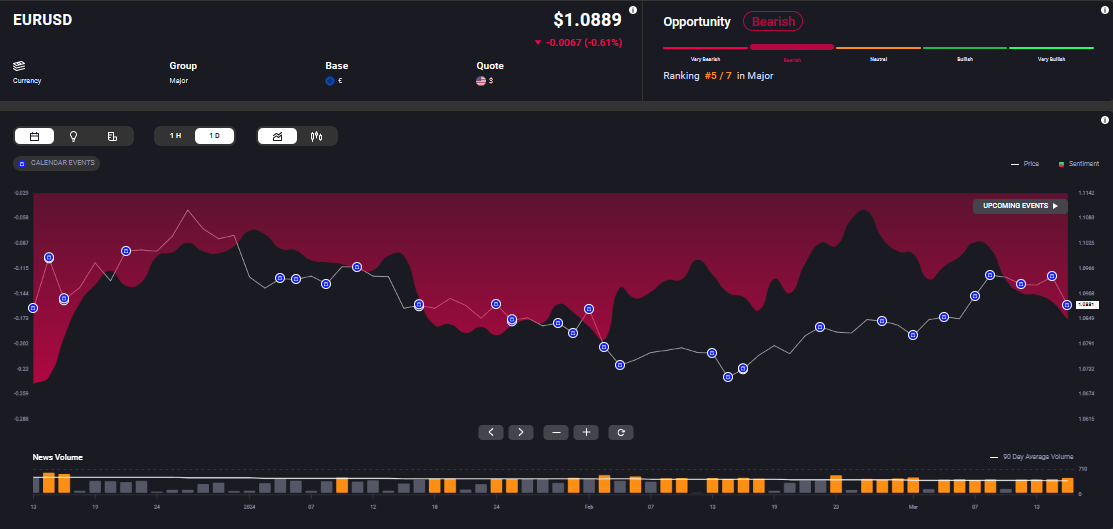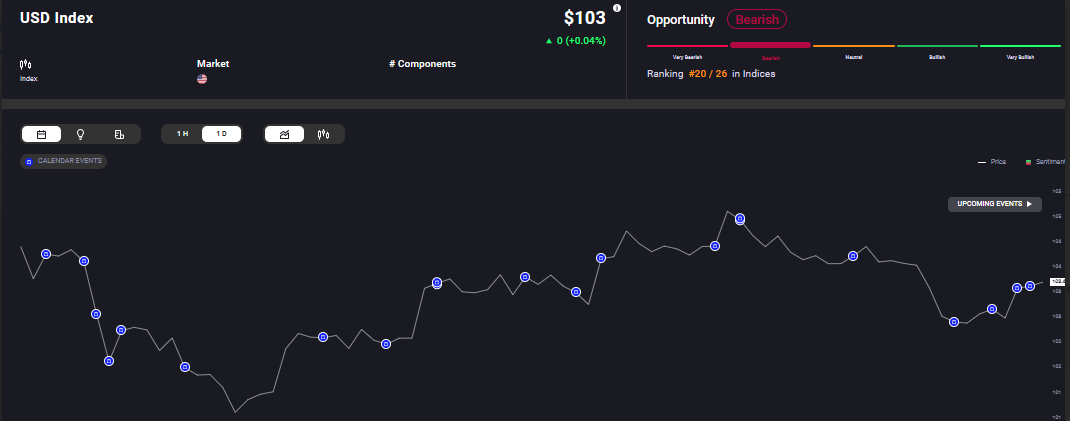The ECB left interest rates unchanged at its monetary policy meeting in early March, as did the Fed at the March 19 FOMC meeting.Do the two central banks seriously believe in the proverb, “All good things come to those who wait,” or is it just a case of each waiting to see who blinks first? Here’s a look at why the ECB and Fed haven’t started their monetary easing yet despite signs of cooling inflation.
Waiting for Stronger Evidence
Both the EU and the euro area witnessed stagnation in economic activity in the last quarter of 2023. In fact, the euro area’s economic activity has largely remained stagnant since Q3 2022, apart from the 0.1% growth reported for Q2 2023. These numbers were released soon after the ECB left the rates unchanged on March 7, drawing attention to ECB President Christine Lagarde’s emphasis on waiting for greater confidence in inflation decline before initiating rate cuts.
The ECB now expects inflation to average at 2.3% for 2024, compared to its earlier estimate of 2.7%. The central bank expects inflation to decline to 2.0% in 2025, and further to 1.9% in 2026. The growth expectations for the euro area have also been reduced from 0.8% to 0.6% for 2024, with forecasts of subdued economic activity in the short term. Projections are more optimistic for 2025 and 2026, with growth expected at 1.5% and 1.6%, respectively.
However, the ECB also stated that the continuing high interest rates were likely to have a strong negative impact on the region’s growth, an effect that would only wane gradually. At the same time, the central bank has also expressed concerns regarding the relatively rapid nominal wage growth, which could keep inflation up as workers attempt to recover the income lost during the period of quick price rise.
“Wage growth continues to be strong and is expected to become an increasingly important driver of inflation dynamics in the coming quarters, reflecting tight labour markets and workers’ demands for inflation compensation,” Lagarde stated.
Lagarde explained that the ECB would remain “laser-focused” on two primary factors influencing inflation – profit margins and wage growth, while adding that the outlook might be revised down if demand dampens to a higher-than-expected degree as a result of the monetary policy or if the global economic situation unexpectedly worsens.
What Do the Markets Expect?
Short-term interest rate futures indicate potential rate cuts of 110 bps by yearend, which could mean four or more instances of rate reductions of at least 25 bps each. The consensus now stands at rate cuts commencing in June, unless something completely unexpected occurs to make the ECB change its stance.
The uncertainty is reflected in the euro’s sideways movement. Traders could remain cautious till there is greater clarity on when the ECB will begin rate cuts and by how much. This can be seen in the bearish sentiment for the EUR/USD currency pair in Acuity’s AssetIQ widget.

For now, economic data releases in April are unlikely to provide enough impetus for the central bank to start its rate-cutting regime, although the evidence the ECB is looking for might build up by June.
What is the Federal Reserve Waiting For?
Fed Chair Jerome Powell, in a Congressional address in early March, stated that rate cuts would begin once they were confident that inflation was "moving sustainably" at the 2% target, while indicating that the central bank was close to achieving this confidence level. “When we do get that confidence — and we’re not far from it — it’ll be appropriate to begin to dial back the level of restriction,” Powell stated.
These remarks have created optimism that the first interest rate cut might come in within the next few months.
On the other hand, the US added 275,000 jobs in February, ahead of expectations and higher than the 229,000 gain in January. In addition, core CPI was up 3.8% YoY in February, with a 3.2% YoY rise in headline CPI. Against this backdrop, Fed officials have repeatedly stated that they are in no hurry to start lowering borrowing costs from the current 5.25%-5.5%.
For now, inflation in the US seems to be moving sideways rather than down, leading to higher price sensitivity among consumers and posing an obstacle to achieving the Fed’s 2% target. This has led to expectations that the Fed would leave the rates unchanged at its March meeting.
The US Dollar Index lost nearly 1.4% through February due to rising expectations that a rate cut would be pushed into June.

Like Lagarde, Powell has also emphasised the need for “greater confidence” in the economy and the trajectory of inflation. The good news is that goods prices are already deflationary. Now, all that is required is a sustained decline in the prices of core services. As a result, the markets are now factoring in the potential for a rate cut only in June.
The time now is to keep an eye on announcements by the two central banks because any move contrary to existing expectations will lead to market volatility.
Market Commentary